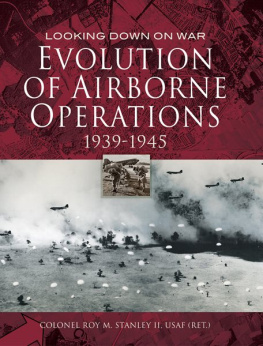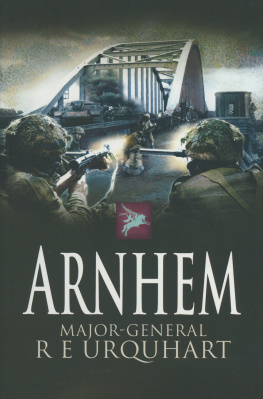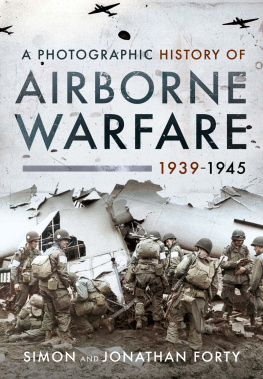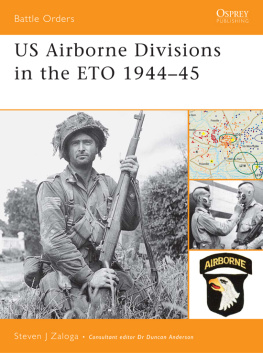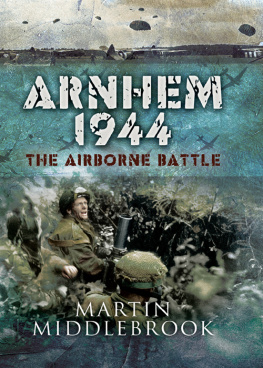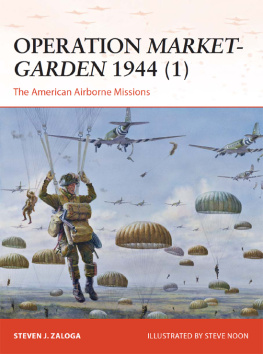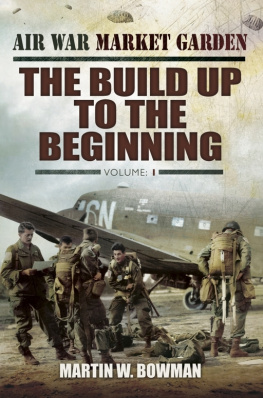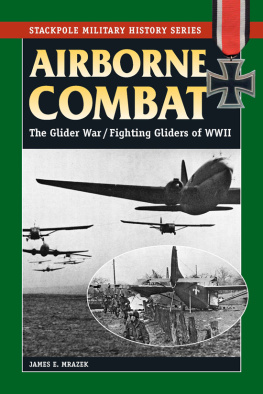Other Books by the Author
Second World War Photo Intelligence
Prelude To Pearl Harbor
To Fool A Glass Eye
Asia From Above
V-Weapons Hunt
Axis Warships
The Normandy Invasion
First published in Great Britain in 2015 by
PEN & SWORD AVIATION
an imprint of
Pen & Sword Books Ltd,
47 Church Street,
Barnsley, South Yorkshire
S70 2AS
Copyright Colonel Roy M. Stanley II 2015
ISBN: 978 1 47384 380 6
PDF ISBN: 978 1 47384 383 7
EPUB ISBN: 978 1 47384 381 3
PRC ISBN: 978 1 47384 382 0
The right of Colonel Roy M. Stanley II to be identified as Author of this Work has been asserted by him in accordance with the Copyright, Designs and Patents Act 1988.
A CIP record for this book is available from the British Library.
All rights reserved. No part of this book may be reproduced or transmitted in any form or by any means, electronic or mechanical including photocopying, recording or by any information storage and retrieval system, without permission from the Publisher in writing.
Typeset by CHIC GRAPHICS
Printed and bound in Malta by Gutenberg Press Ltd.
Pen & Sword Books Ltd incorporates the Imprints of
Pen & Sword Aviation, Pen & Sword Family History, Pen & Sword Maritime, Pen & Sword Military, Pen & Sword Discovery, Wharncliffe Local History, Wharncliffe True Crime, Wharncliffe Transport, Pen & Sword Select, Pen & Sword Military Classics, Leo Cooper, The Praetorian Press, Remember When, Seaforth Publishing and Frontline Publishing.
For a complete list of Pen & Sword titles please contact
PEN & SWORD BOOKS LIMITED
47 Church Street, Barnsley, South Yorkshire, S70 2AS, England
E-mail:
Website: www.pen-and-sword.co.uk
CONTENTS
ACKNOWLEDGEMENTS
This book could not have been finished without contributions from three remarkable and talented womenmy wife and tireless caregiver/editor, Mary Ellen; Susan Strange, NARA researcher extraordinaire who could find the Lost Ark for me if I asked (www.Strange Archives.com); and Sylvia Menzies-Earl who so expertly and artfully formatted the pages for printing.
Others who made specific contributions are cited in footnotes.
DEDICATION
To:
Every warrior who went into combat on a one-way flight
and the aircrews who flew them there.
FOREWORD
There are three ways to get light infantry inside an enemy perimeter by airparachute, glider and airlift. Well look at them all, but dont expect to see and read about every time silk deployed in the sky or a glider skidded to earth. Were going to look at the way airborne operations leaped into use early in the Second World War, matured through ever-larger units involved, from troops airlanded by transports through eleven gliders taking a modern fort in 1940, to a massive single lift of two airborne divisions at a single location screening the Rhine Crossing in 1945. Well look at that growth, the mistakes, the successes and near successes of major operations, and touch on other examples where variations of airborne ops were tried. The main thread is ways and means of surprising an enemy with elite infantry on key ground to directly influence a battle.
This book doesnt follow what airborne troops did days and weeks after a landing. Ill tell no individual tales of shot and shell, blood and gore, leaving that to others who have experienced it, or historians who think they understand it. Falling back on what I know, I look at military history and operations with different eyes. I want to show you pieces of the war with photos you probably havent seen before, giving a new perspective. If you know my books, you know my forte is using Intelligence imagery, particularly aerial imagery for historical analysis. I consider aerial imagery a primary source on a par with official documents and first-hand accountsits just that most historians dont know how to use imagery properly. If the photo interpretation and combat analysis skills I bring to the task were good enough to report on current events and threats when I was on active duty, those techniques should serve to understand and interpret historic events from the same perspective. Just as for Intelligence Analysis during the Cold War or today, the only real limiting factor in historic imagery analysis is availability of source material.
Most of the imagery in this book came from two sources I had access to in the 1980s. All date from before or during the Second World War. Small scale vertical aerial photos are mainly from original roll negatives of Eighth and Ninth Air Force photoreconnaissance missions. Aerial obliques, some taken using hand-held 9 x 18 PR cameras, are Army Air Force public relations photos to document events (i.e., images with little or no Intelligence value to friendly forces). The rest of the photos, often indicated by a seven-digit accession number, came from files of cut-negatives once held by US Army Air Force Intelligence or the Office of Naval Intelligence. Those photos often did have Intelligence value and came from American military attachs overseas, captured documents, briefings and military publications. A few of the cut-negs, ground and aerial shots came from British sources (all copied several times before reaching our files with associated loss in detail).
The negatives were each dutifully filed so they could be retrieved if needed again. But, by the time I screened the boxes filled with cut-negs, it had been years since their retrieval indexes with image pedigrees were destroyed. Fortunately I recognized a number of significant photos and kept copies.
The cut-negative files I reviewed were held by the Defense Intelligence Agency and serviced for all activities of the Department of Defense (DoD). I have no idea where they are today, or even if they still exist. I know many cans of original aerial film negatives, and a few boxes of cut-negs, went to the US National Archives & Records Administration (NARA) because I arranged the transfer. Disposition of the remainder of those cut film negatives is another story. With no index system they were not very useable. There was a lot of pressure to destroy those long dormant files to save storage cost. Im just glad I had the wit to keep the copies I did so I could share them with you now. When you see a five to seven digit number in the lower corner of an image, it is an Accession Number showing the original file location of a cut-neg. In the 1940s there were thousands of safes in the Pentagon basement holding tens of thousands of negatives for printing as required.
Some notes on mechanics of this book. Where possible aerial photos are oriented with north to the top of the page. Owners of my book The Normandy Invasion will recognize photos and text used again here. With so many wonderful photos in my possession I couldnt leave what 82nd, 101st and British 6th Airborne Divisions did on 6 June 1944 out of a book on airborne ops. I dont think its plagiarism if you copy your own work. Some of my telling of Normandy airborne landings is corrected or refined in this book.
As I use it, the word airborne can refer to an operation, a technique/method, or a unit of parachute/glider infantry.
Both parachuting and gliding had roots going back to mythologythe primal urge to fly. Leonardo da Vinci had thoughts on both but both remained curiosities or stunts until the late nineteenth century. Gliding (heavier than air but without a motor) was but a precursor to powered flight. After the First First World War it was a sport.
Parachuting has roots back to Leonardo da Vinci but had no purpose until the First World War. Chutes were used to escape from Observation Balloons under attack from enemy fighter planes hoping to ignite their hydrogen filling. Few pilots used chutes until late in the war. No fighter pilot wanted to trade speed and altitude for the added weight. By the 1920s chutes were common in all types of aircraft and serious pilots, such as those carrying the mail, wouldnt fly without them (Charles Lindbergh jumped four times). Hitting the silk was the standard remedy for the all too frequent engine failures, fires or structural failures. Parachutes were also used to drop supplies to beleaguered workers in crisis situation or disasters.
Next page
